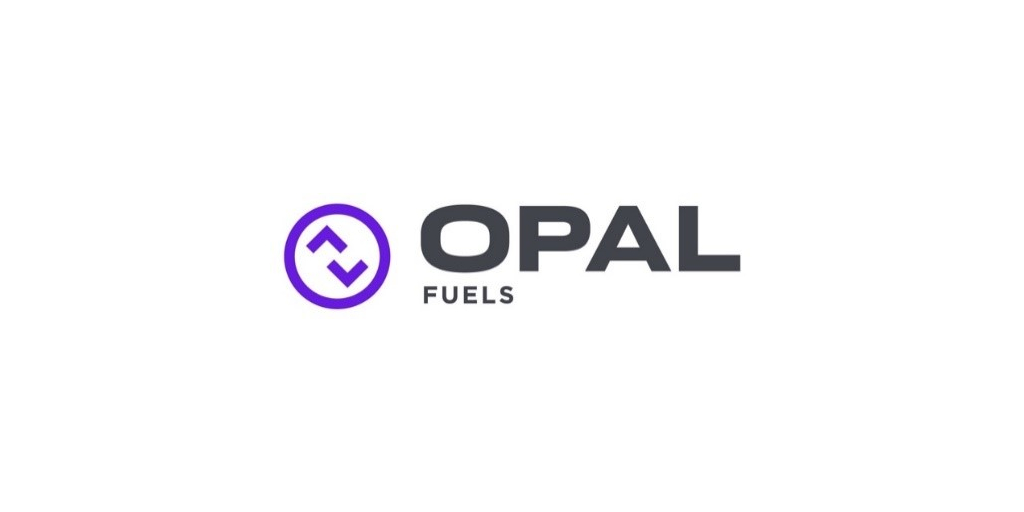With the Australian mining industry honing its focus on ESG, a fully electric mine in Greece has reimagined how Brokk remote-controlled robots can be deployed.
As the Australian mining industry sharpens its focus on environmental, social and governance (ESG) performance, worker safety and operational efficiency, one international example offers a powerful blueprint.
A fully electric underground mine in Greece has reimagined how Brokk remote-controlled robots can be used far beyond their processing origins roots.
Grecian Magnesite has leveraged Brokk’s compact electric machines to overcome many challenges familiar across Australian mining – from underground gold and base metals to selective mining, development and rehabilitation projects.
Under mine manager George Boumas, the operation has not only improved safety and cut emissions but also dramatically lowered processing costs by removing waste rock at the face before it reaches the mill.
These lessons offer Australian miners a chance to rethink how they approach some of their toughest ESG and productivity challenges.

Endless possibilities
Grecian Magnesite’s narrow drives, vein-like deposits, and challenging ground conditions demanded a new approach.
“The Brokk is a small machine, highly manoeuvrable, and you can execute lots of auxiliary works,” Boumas said.
“But it can also be used as your main excavation machine and in many types of works; for example, selective mining of vein-like deposits. The possibilities are endless.”
The Brokk robots are operated remotely, allowing the team to scale, break and clear material in tight areas while keeping workers out of harm’s way. Importantly, they enable the separation of waste and ore right at the face, transforming the safety profile and the cost base of the operation.
One of the most striking outcomes at Grecian Magnesite has been the impact on processing costs.
“We minimise the production of waste rock in the run-of-mine material. The Brokk machine is dedicated to that work, so it’s very strong, it’s very reliable,” Boumas said.
“We’ve been operating for four years now, with something like 4000 hours, and we’ve had no big issues.”
Using Brokk machines to selectively break and remove waste rock underground has allowed the Greek operation to avoid hauling and processing unnecessary material, significantly reducing energy use and improving plant efficiency. Waste rock is then removed into the old stopes.
Boumas is clear on the benefits to the bottom line.
“If I had to follow the traditional way of mining – drilling, blasting, working with diesel machines and ventilation networks – I would definitely have a cost that would be six to seven times bigger than the operational cost I have right now,” he said.
For Australian mines under pressure from rising energy prices and tightening margins, this offers a compelling cost-saving model.
Broad range of benefits
The Grecian Magnesite represents a major milestone, offering further advantages beyond those related to ESG.
“Everything is electric (so) we have very low ventilation costs,” Boumas said. “The electricity cost per month is less than €2000 ($3500). It’s just like operating a workshop, not a mine.”
Combining electric mining fleets with Brokk’s remote-controlled robots helps the operation reduce emissions and improve energy efficiency, aligning with growing ESG expectations from regulators, investors, and communities.
Australian miners looking to lower Scope 1 and Scope 2 emissions can learn from this integrated approach, which delivers both environmental and financial wins.

Grecian Magnesite’s safety record since adopting Brokk technology has also been especially impressive. Boumas proudly reports that, the operation has recorded zero near-misses, not even minor rockfalls, since 2021.
“That’s because we designed it first in the geotechnical scheme, and then executed it with the Brokk machine,” he said.
Removing workers from high-risk underground zones while maintaining operational productivity is a key ESG achievement and one that resonates strongly with Australian miners under intense safety scrutiny.
While narrow vein mining is an obvious fit for Brokk’s machine, Boumas highlights that the potential extends much further.
The machines’ precision and compactness make them valuable not only for selective mining but also for ground control, development work, and rehabilitation in small and large-scale operations.
This broadens Brokk’s relevance across a wide range of areas within Australian mining, including gold, copper, nickel, lithium and even coal, where underground challenges often limit the use of conventional mobile equipment.
Building the case in Australia
The Greek mine’s achievements were not accidental, with Boumas and the team carefully piloting Brokk systems, investing in operator training, and adjusting operations to maximise value.
For Australian mines, adopting this model means taking a thoughtful and phased approach: testing Brokk performance in targeted trials, building operator expertise, and rethinking underground processes to unlock the full potential of compact, precision equipment.
With safety, ESG and cost pressures mounting, the time is right for Australian miners to explore how remote-controlled electric systems like Brokk’s can reshape operations and set new industry benchmarks.
Grecian Magnesite is paving the way, demonstrating what’s possible when a mine reimagines its approach.
“If we want to build the mines of the future, we need to be open to new ways of thinking and willing to take the steps to make them a reality,” Boumas said.
Brokk technology offers Australian miners a pathway to smarter, safer and more sustainable operations helping to meet the challenges of today while preparing for the mining future of tomorrow.
This feature appeared in the June 2025 issue of Australian Mining.




